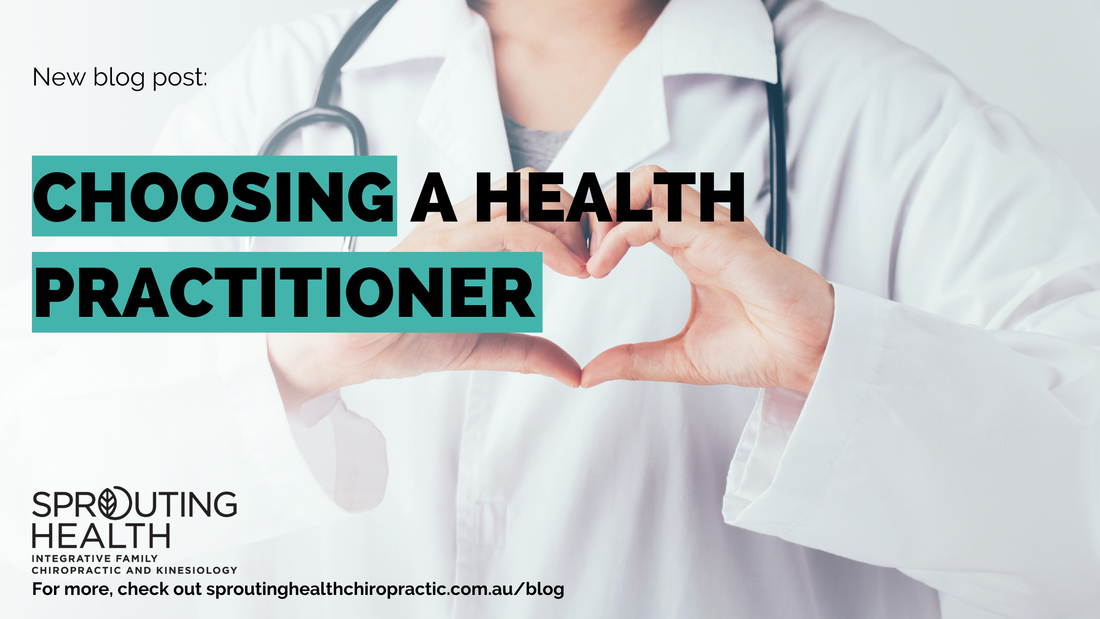|
A Window into Health and Wellbeing - HRV
In the realm of health and well-being, a small but mighty metric known as heart rate variability (HRV) has gained increasing attention. Once overshadowed by traditional heart rate measurements, HRV has emerged as a powerful tool for understanding the intricate workings of our cardiovascular system and unlocking valuable insights into overall health. Did you know having a lower heart rate variability (HRV) has been associated with diabetes, hypertension and cardiovascular disease (CVD)? HRV is a measurement of the time intervals between adjacent heartbeats. These variations are influenced by the autonomic nervous system (ANS), which regulates involuntary bodily functions, such as heart rate, breathing, and digestion. The variability in your heart rate reflects vagal tone and our sympathetic nervous system (fight or flight). Low HRV leads to sympathetic (fight or flight response) and vagal tone imbalance. The vagus nerve plays an important role in the regulation of our metabolic homeostasis and messages sent by the vagus nerve can control immune function and pro-inflammatory responses via the inflammatory reflex[1]. HRV serves as a window into the balance between the sympathetic and parasympathetic branches of the ANS. High HRV indicates a flexible and adaptive system, while low HRV suggests reduced adaptability and potential health issues. Recent studies have reported using HRV in the evaluation of conditions associated with autonomic dysregulation which includes burnout and depression, autoimmune conditions (multiple sclerosis, rheumatoid arthritis), chronic PTSD, working memory performance, cognition, dementia, insulin resistance and metabolic syndromes, type 1 diabetes, cancer prognosis, and cardiovascular disease risk factors[2]. HRV can be a valuable marker of stress and emotional well-being. When we experience stress, our ANS responds by decreasing HRV. Monitoring HRV patterns can help individuals identify stress triggers and implement appropriate stress management techniques. Research suggests that HRV holds predictive power for a variety of health conditions. Reduced HRV has been associated with cardiovascular disease, metabolic disorders, depression, and even mortality. Long-term HRV analysis may aid in identifying individuals at higher risk and enable preventive measures. Monitoring your heart rate variability is one of the many ways we assess your health at Sprouting Health. Give us a call if you would like to get yours assessed today. [1] Pavlov, V. A., & Tracey, K. J. (2012). The vagus nerve and the inflammatory reflex—linking immunity and metabolism. Nature Reviews Endocrinology, 8(12), 743. [2] Kent, C. (2017). Heart rate variability to assess the changes in autonomic nervous system function associated with vertebral subluxation. Res Rev Neurosci, 1, 14-21.
0 Comments
Retained Neonatal Reflexes
What is RNR? Primitive reflexes are reflexes our system normally has in order to assist us in those first few years of life. From the birthing process, to feeding, attracting attention, grabbing onto things and to keep us safe. (2) These reflexes then should integrate and allow our forebrain to develop and take over more control of our behaviour and thinking. Just like the root of a tree, the reflexes are always there, just hidden but vital for the tree to grow to its amazing potential. However, due to birth trauma or developmental restrictions these reflexes might remain dominant. (2) This means that your nervous system will automatically react inappropriately and undesirably in certain situations. This will adversely affect your development, learning and behaviour. This is a Retained Neonatal Reflex (RNR). Asymmetric Tonic Neck Reflex This reflex is one of the important reflexes seen in the newborn. It is present at birth and disappears by the age of 6 or 7 months. (1) What to look out for in your child: (2) 1. Easily Distracted 2. Poor Coordination 3. Messy Handwriting 4. Hard to ride or swim Persistence of the asymmetric tonic neck reflex (ATNR) is, indeed, a recognized risk factor for developmental and neurodevelopmental concern. In a study by Hagel, Dieter and Panteliadis, the authors described the persistence of the asymmetric tonic neck reflex (ATNR) and Moro as some of the most important initial symptoms of cerebral palsy.(3) How to test at home: Ask the child to get on all fours with arms straight, with their weight over their hands the parent rotates the child's head left or right. If their elbow bends on the opposite side of head rotation OR if weight shifts off the hands then the reflex is possibly present. What to do next: See an experienced RNR practitioner here at Sprouting Health. References: 1. Jaiswal, Manojkumar and Maronkar Rahul. "Understanding Primitive Reflexes and Their Role In Growth And Development: A Review." International Healthcare Research Journal 1.8 (2017) 2. Ewa, Gieysztor, Choinska Anna and Malgorzata Borowicz. "Persistence of primitive reflexes and associated motor problems in healthy preschool children." Archives of Medical Science 14.1 (2018): 167-173. 3. Hagel, Christian, et al. " Cerebral Palsy: A Lifelong Challenge Asks for Early Intervention." The Open Neurology Journal (2015): 45-52. Low Back Pain and Your Core
Disability associated with low back pain has been increasing in all age groups over the last few decades (1). It is a growing problem and helping with prevention is an important key to slowing this trend. Do you or a loved one experience low back pain? This is an important article that could make the world of difference to you. “Health care and social costs associated with low back pain have been estimated to be between $100 to $200 billion annually, with a majority of cost associated with lost wages and reduced productivity.” (2) Core muscles are involved in maintaining spinal and pelvic stability. When the core muscles are functioning normally, segmental spinal stability is maintained, the spine and pelvic area are protected and the stress or load that can affect the lumbar spine and discs are reduced (3). So if they are not working well, and when there is no stability when performing unexpected tasks or overload, it leads to neuromusculoskeletal issues such as muscle spasms, neural compression and pain (4). Therefore it is important to work on the core and make sure that it is functioning well in order to help with low back pain. In recent literature study they looked at 50 tennis players. They tested the core muscle strength before and after a chiropractic adjustment to the pelvis. It was found that there were significant differences in abdominal and back core results immediately after the chiropractic adjustment (5). Though it was only a small study and it only looked at the acute effects of the chiropractic adjustment, more studies would be helpful in further substantiating these findings and investigating the long term effects. However, the results so far are quite positive for chiropractic cares’ support of the core muscles function which would help manage low back pain by stabilising the spine and pelvis. If you want to find out if chiropractic may help manage low back pain for you or your loved ones, have a chat with one of our chiropractors to see how they can assist. “The core is an important aspect to look at when it comes to prevention of low back pain.” 1.Global Health Group Data Exchange http://ghdx.healthdata.org/gbd-results-tool accessed Nov 15, 2020). 2. Hazard, R.G., 2007. Low-back and neck pain diagnosis and treatment. American journal of physical medicine & rehabilitation, 86(1), pp.S59-S68. 3. Chang, W.D., Lin, H.Y. and Lai, P.T., 2015. Core strength training for patients with chronic low back pain. Journal of physical therapy science, 27(3), pp.619-622. 4. Key, J., 2013. ‘The core’: understanding it, and retraining its dysfunction. Journal of bodywork and movement therapies, 17(4), pp.541-559. 5. Koran, S. and Sarıhan, A., 2023. The Acute Effects of Chiropractic Sacroiliac Joint Manipulation in Tennis Players: A Study on Core Muscle Strength. Azerbaijan Medical Journal, 63(2), pp.8045-8053. Maintaining good health is a priority for everyone, and seeking the expertise of health practitioners is an important aspect of achieving that goal. However, with the wide range of health practitioners available, it can be challenging to determine which one is best suited for your needs. In this blog post, we will explore the qualities to look for in a good health practitioner and provide guidance on finding the right professional to support your well-being.
At Sprouting Health we strive to be the best Holistic Health Care Practitioner for you as we want you to be your absolute best self possible! |
AuthorBlogs by the team at Sprouting Health Archives
July 2024
Categories |





 RSS Feed
RSS Feed
